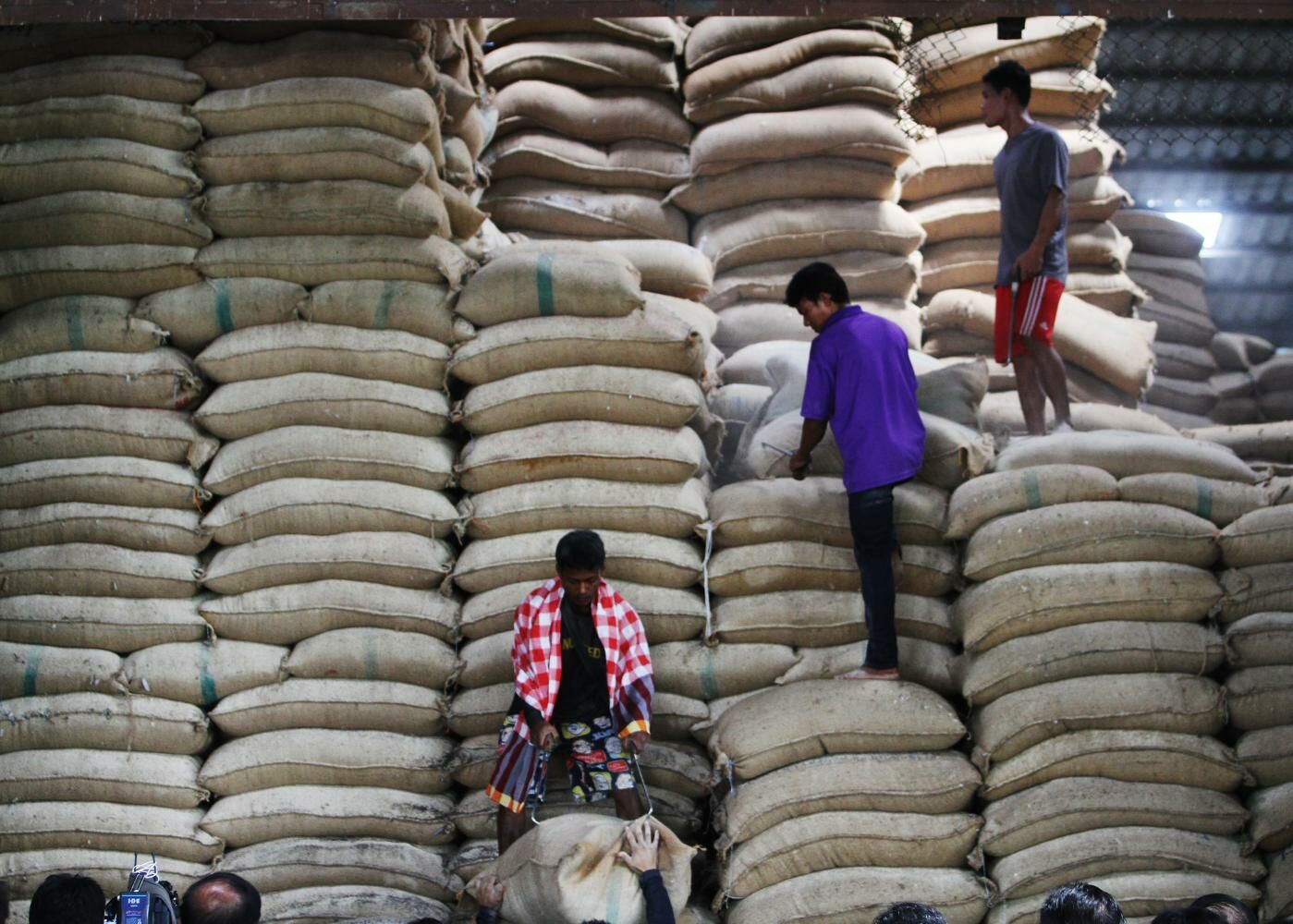Thai rice exports forecasted to drop below 8 million tonnes in 2025

Thai rice exports are projected to fall below 8 million tonnes next year, facing several challenges that threaten their competitiveness. Key issues include insufficient research and development (R&D) in rice varieties, a rising global supply of rice, and the potential lifting of India’s rice export restrictions by the end of the year.
Charoen Laothamatas, president of the Thai Rice Exporters Association, noted that next year’s rice exports are expected to be less than the previously estimated 8.2 million tonnes.
Several risk factors continue to affect Thai rice exports for next year. Global rice stocks are anticipated to increase by 1.4%, reaching approximately 528 million tonnes, partly due to heightened rainfall from the La Niña weather phenomenon.
Additionally, the lack of R&D in rice varieties has led to lower yields per rai compared to other major rice exporters like Vietnam, India, and China. Higher production costs and the possibility of India lifting its export restrictions on non-basmati white rice at the end of the year further complicate the situation.
Thailand must adapt its rice policy to align with global market demand, particularly the preference for soft-texture rice. Investment in R&D to enhance yield is crucial for maintaining competitiveness in the global market.
Vietnam has already adjusted its rice export policy by importing inexpensive rice from India for domestic use and focusing on developing high-quality rice for export, such as fragrant rice and soft-texture rice, which command higher prices and added value.
Thai rice export
Failure to address these issues could diminish Thailand’s standing among major rice-exporting countries. China could potentially become the world’s leading rice exporter due to advancements in rice varieties and farming technology, as more countries adopt self-sufficiency policies.
The United States Department of Agriculture forecasts that India will remain the largest rice exporter globally by 2025, with exports expected to reach 18 million tonnes. Thailand and Vietnam are both projected to export 7.5 million tonnes, while Pakistan is expected to export 5.6 million tonnes.
Chookiat Ophaswongse, an honorary president of the Thai Rice Exporters Association, expressed optimism about meeting the Commerce Ministry’s target of 8.2 million tonnes for this year. He stated that if exports average 700,000 tonnes per month, the target could be surpassed, potentially reaching 9 million tonnes worth over US$5.3 billion, reported Bangkok Post.
This optimism is driven by continued demand from key export markets like the Philippines and Indonesia, which are expected to increase their rice imports by up to 4.7 million tonnes and 4.3 million tonnes, respectively, said Chookiat.
“However, close monitoring of India’s rice policy is necessary.”
Chookiat cautioned India may revise its rice export restrictions due to increased rainfall from the monsoon, leading to normal stock levels of 140 million tonnes. This could impact global rice exports, given that Indian rice is cheaper than that from other exporting countries.
Latest Thailand News
Follow The Thaiger on Google News:


























